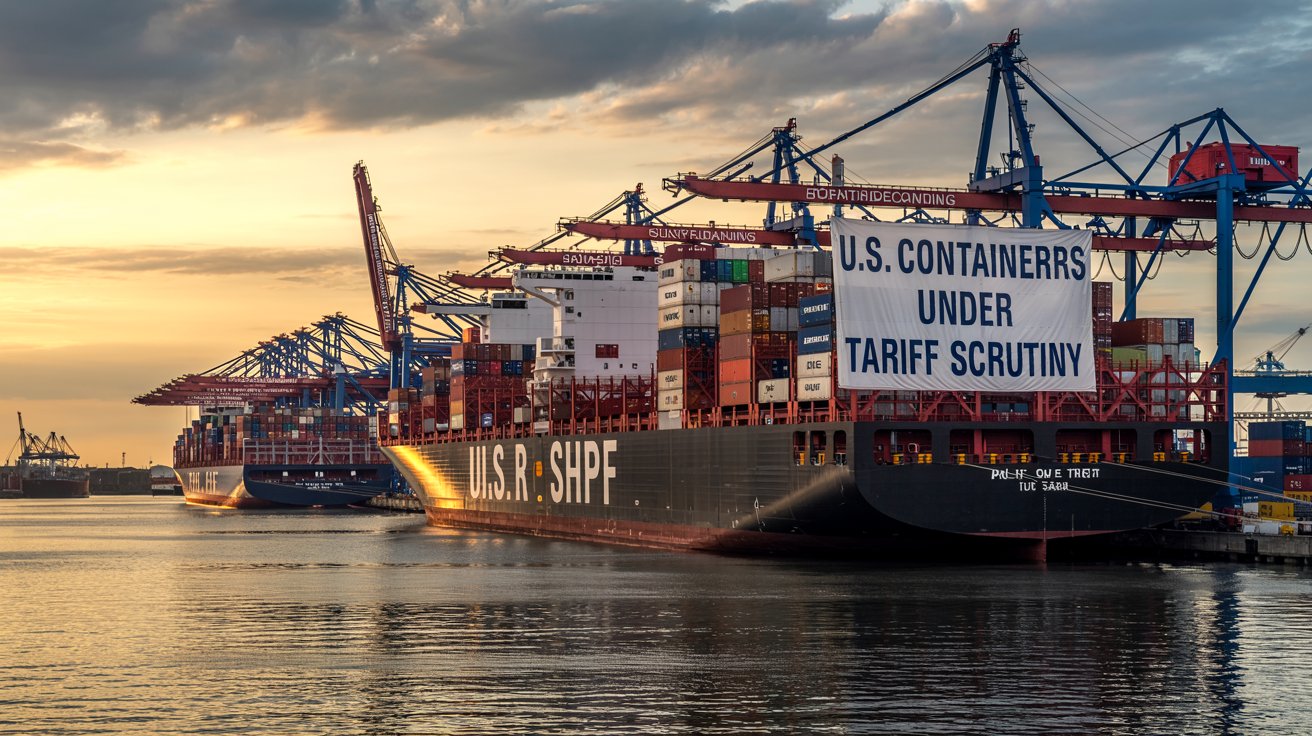U.S. Economic Growth at Risk: Experts Warn New Tariffs Could Spark a Financial Downturn — this stark warning from leading economists has sparked concern nationwide as new import tariffs may significantly disrupt the American economy, hitting consumers, businesses, and job markets hard.
What Are Tariffs and Why Are They Risky for the U.S. Economy?
Tariffs are taxes imposed on imported goods. While they are often used to protect domestic industries or encourage local manufacturing, they can backfire—raising prices for consumers and causing retaliation from trading partners.
- Tariffs increase the cost of imported goods.
- U.S. businesses that rely on foreign parts or products face higher costs.
- Consumers often absorb these costs in the form of higher prices.
Tariff Effects on Key Sectors
| Sector | Impact of Tariffs | Why It Matters to You |
|---|---|---|
| Consumer Goods | Prices increase by 2.5–4% | Everyday essentials become more costly |
| Manufacturing | Higher production costs, lower profits | Potential job cuts and factory slowdowns |
| Agriculture | Foreign markets impose retaliatory tariffs | Lower exports hurt U.S. farmers |
| Tech & Retail | Disruption in global supply chains | Delays and higher costs for electronics |
Inflation, Supply Chains, and Jobs: What the Data Reveals
Federal Reserve Chair Jerome Powell noted that the newly imposed tariffs could significantly elevate inflation and suppress job growth.
- Projected Consumer Inflation Increase: 4.2% by Q4 2025 (EY-Parthenon)
- GDP Growth Risk: Could drop from 2.1% to 1.3% if tariffs persist
- Household Burden: $1,277/year increase in spending due to higher import prices (U.S. Chamber of Commerce)
These numbers show that while tariffs may appear protective, they could harm the broader economy by reducing purchasing power, raising business costs, and threatening economic stability.
Global Reaction: Will This Trigger a New Trade War?
Several countries, including China, Mexico, and members of the EU, are retaliating with their own tariffs—leading many analysts to warn of a renewed global trade war.
- China’s Response: 34% tariffs on key U.S. exports like soybeans and semiconductors
- Impact: U.S. farmers and tech exporters face sharp declines in foreign revenue
This could cause long-term harm to America’s global trade standing, triggering a cycle of retaliation that deepens economic uncertainty.
What Economists Are Predicting
Here’s a simplified map to explain what economists warning are:
[U.S. Tariffs]
|
--------------------------------------
| | |
[Inflation ↑] [GDP Growth ↓] [Trade Wars ↑]
| | |
[Consumer prices] [Less investment] [Retaliation]
| |
[Reduced spending] [Job & export losses]
This shows how one policy—tariffs—can create a ripple effect across various sectors of the economy, impacting everything from your grocery bill to national employment levels.
What Can Be Done to Prevent an Economic Slowdown?
Experts suggest that to minimize long-term damage:
- The U.S. should negotiate tariff adjustments with trade partners.
- Reinforce domestic manufacturing with innovation incentives.
- Avoid over-reliance on tariffs and focus on multilateral trade agreements.
As the data and expert commentary show, a balanced and strategic approach is essential to maintain growth while protecting American interests.
Will the U.S. Economy Withstand the Tariff Storm?
The combination of rising consumer prices, increased business costs, and retaliation from trading partners places the U.S. economic outlook at serious risk.
If the current policy continues:
- GDP growth may fall to 1.3%
- Inflation could spike above 4.2%
- Consumer spending may drop, threatening businesses and jobs
This is not just about trade policy—it’s about the daily financial impact on American families and long-term economic stability.
[USnewsSphere.com / cbs]





